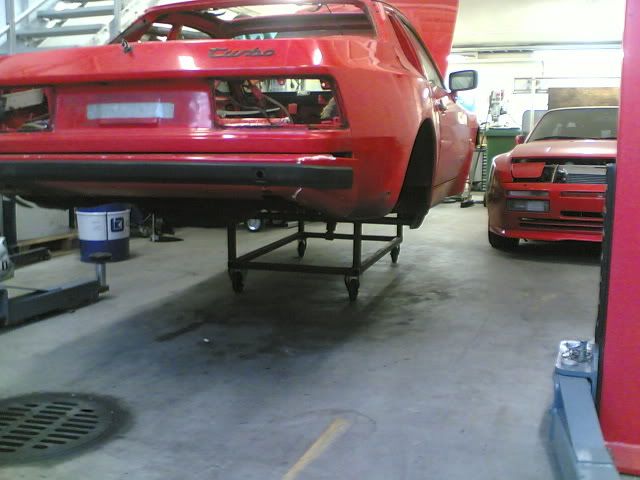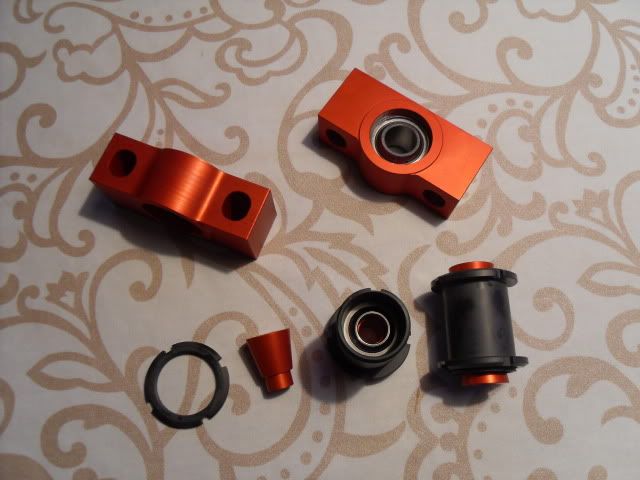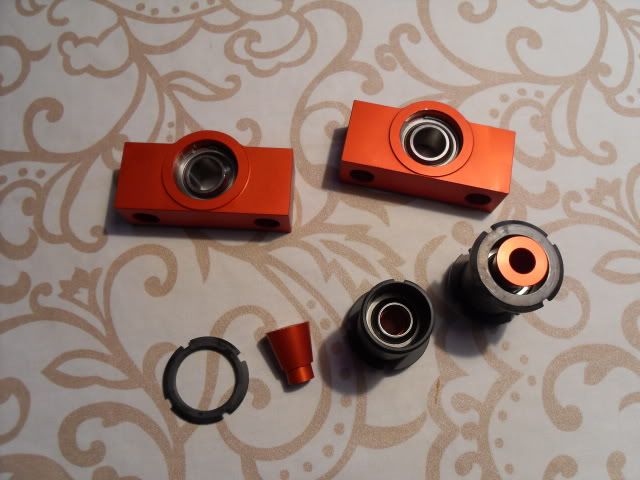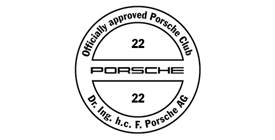ORIGINAL: Hilux
I have a tendancy to change every single stud and bolt for stainless steel during the process
Never use stainless steel for safety critical parts, especially the cheap chinese cr*p - use high tensile from a known manufacturer.
Sound advice but an explination would be useful so thanks to Arthur one of my Stratos friends who knows more than i ever will text taken from Stratos forum. Another point raised - two in fact - raised here. Yep, the hard nylon won't give, and you put bending into a part designed solely for axial loading. Failure beckons. Even using rubber will still cause bending, though the magnitude of the forces will be less, but even rubber goes rock hard as you compress it (think Mini turret rubbers - the way to radically stiffen them was simply to increase the area of the steel cup underneath - stiffness went up by a factor of 5 or thereabouts with the standard rubbers). So ball-joint the little sucker, probably as a matter of some priority. The other point is the Marcos "went where the thread had been extended". Never do that - never run a tap down a thread to increase the length. The threads on a fastener are not cut; they are rolled by two flat dies which attack the shank from opposite sides, forcing the form into the steel. This puts a compressive layer into the thread. If you use a tap, you'll cut into the shank beyond the rolled area, and more than likely leave an appalling stress-raiser where the tap runs out to the shank. So the trick is to buy a longer bolt that you need, and cut threads off, rather than extending a thread on a shorter bolt. If that leaves the plain shank too long, pack up under the head with washers. Or go to Tweeks, or a decent fastener supplier (Holo-Krome - I use JR Webster, national tool distributor, but there are other specialist fastener suppliers, who will usually do odd ones or twos). Or get DIN spec bolts, or the US MilSpec (AN, for Army/Navy) fasteners, where you can specify steel stregth, grip length and thread length. You pay for these, obviously. Incidentally, a standard metric SAE bolt is ordered by nominal size - say M12 - and length. It will therefore have a shank diameter of 12mm, an M12 thread form on the shank, the length from under the head to the end will be the length you specify, and the thread form will be 2.5xthe nominal thread - so M12 would have 30mm of thread. So that M12 x 100mm bolt will have a total length of 100mm excluding the head, a thread length of 30mm, and a plain shank of 70mm. An M16 x 100 mm bolt will have 40mm of thread, and 60mm plain shank. Metric comes in two thread forms, Coarse and Fine. UNC and UNF follow the same rules, with a different thread form, and sizes in Imperial. When you get to Metric High Tensile, they start at 8.8, then 10.9, then 12.9, then 14.10. The first number is the strength in KiloNewtons per square mm, the second is the proportion of the tensile strength available in shear. My advice would be not to use 8.8, purely because this can be achieved by heat treatment. As soon as you go to 10.9 or above, you'll be into good bolt country, so expect to pay for them. 14.10 (as strong as it gets, and 100% as strong in shear as tensile) is the bolt grade we use for holding cranes together at the foundation and the slew ring. Once you get to 10.9 and above, do not use standard steel washers - buy hardened steel washers (the plain ones will squash out under the load, leaving a slack fastener). The hardened washers also have a radius on side of the hole, so as not to fret against the radius under the bolt head, so make sure they go in right way round. This is also the way to replace hex head fasteners with cap heads - the hard washer supplies the area lost when the head gets smaller. Imperial bolts have different quality markings - can't remember them now, but they're on the web somewhere or other. I've used them, just can't remember where. Last thing - never ever use screwed stock bar instead of bolts. This stuff is not good steel - not even low bolt quality steel. The treads are not rolled, they're cut. It's crap and will fail under any real load. Regrettably it's also sometimes convenient to use, so be aware! And stainless - stainless is a bugger. It age-hardens, so after about 5 years, it's half as strong and more brittle than it was. You don't want this in any suspension point. Except for one grade - Super Duplex - for which a range of bolts exist, but sizes are limited, and cost is astronomical, but if you want to go that way, it doesn't age-harden, is resistant to stress-corrosion cracking due salt, and is about half-way between 8.8 and 10.9 in strength. Good luck finding this stuff........it's sold as "Zeron 100" in two grades, FG and FLT. Either would do, FLT is the stronger of the two, available to 12.9 strength in very limited sizes. Usual stainless grades for bolting are A2 and A4, and they're fine for non-critical stuff. Here endeth today's sermon! Arthur Full text here http://www.stratossupersite.com/forum/showthread.php?t=7362&highlight=high+tensile&page=2














